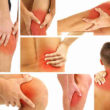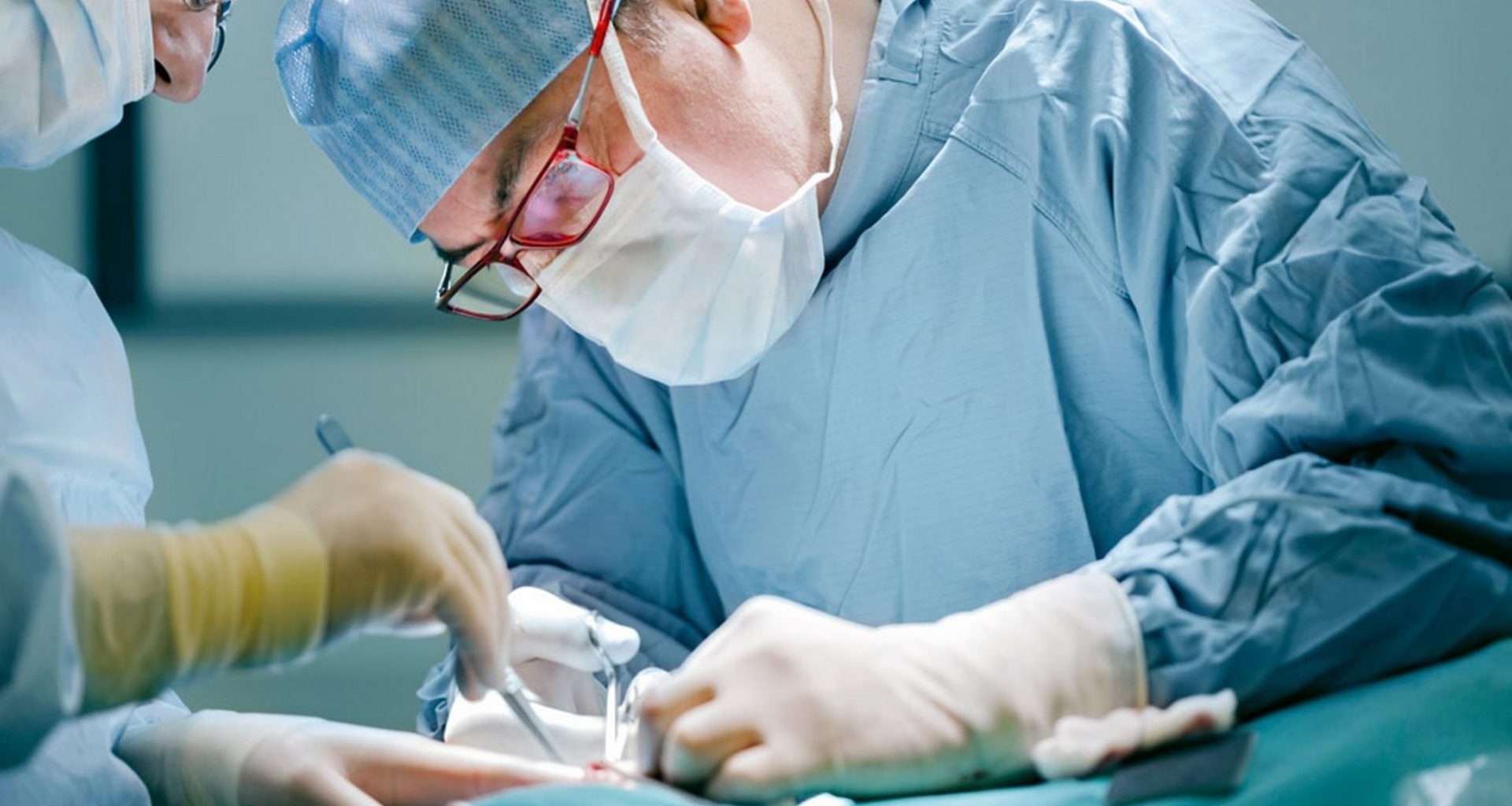Majority of the gallstones that may form inside your gallbladder, a tiny sac-like structure under your liver where bile is stored, are out of cholesterol that has solidified. Naturally, this may happen if there’s a high concentration of cholesterol found in your gallbladder. There are also instances when gallstone formation is brought about by high levels of bile or bilirubin in the gallbladder.
The size of a gallstone may range anywhere from as small as a grain of sand to as big as a golf ball. You are at risk of forming gallstones if you’re obese, pregnant, over the age of 60, suffering from liver disease or diabetes, leading a sedentary lifestyle, and consuming high-fat foods.
It’s possible that you may already have gallstones as of this moment and never know it due to the absence of symptoms. However, it’s not unlikely for you to experience a lot of pain in the right section of your abdomen and back if your gallstones are obstructing the bile duct of your gallbladder. Other signs and symptoms include clay-colored stool, indigestion, bloating, chills, nausea and vomiting.
There are instances when a doctor may recommend the surgical removal of gallstones for the individual who has them to attain relief from the symptoms. However, there are certain side effects to having gallstones obstructing the bile duct removed surgically. They are the following:
Nausea and Vomiting
Anesthesia administered prior to the surgery may cause nausea and vomiting after the medical procedure. To help manage these side effects, your diet may have to be limited to clear liquids the day after the surgery. It’s not unlikely for you to feel weak and fatigued too, both of which due to anesthesia.
Abdominal Distention
You may notice that your belly is bloated right after the surgical removal of your gallstones. This is caused by the remaining gas (carbon dioxide) inserted into your abdominal cavity during the removal of the gallstones to help the surgeon see your internal organs much better.
Diarrhea or Constipation
Once the surgery is through, you may suffer from diarrhea. Having loose and watery stool, however, tends to clear up the following day after the gallstone removal. You may also suffer from constipation for a few days because of the temporary changes in the diet and lack of physical activity during the recovery period. Some effective ways to ease constipation include drinking more fluids and gradually reintroducing fiber in the diet.
Abdominal Pain
Pain is another one of the side effects of having the gallstones removed surgically. This is perfectly understandable due to factors such as: internal shifting of some of the vital organs during the procedure, carbon dioxide gas introduced into the abdomen, and the incision made. Usually, pain subsides after about a week or so. During such time period when pain is still present, coughing, laughing, sneezing and the likes may cause the pain to intensify. Usually, painkillers are prescribed although there are a few side effects involved with their intake.
The above are some of the side effects of having the gallstones removed surgically. They are the reasons why some people prefer to have their gallstones dealt with using some natural remedies.
One very effective way to dissolve gallstones is by drinking a glass of warm water with 2 teaspoons of apple cider vinegar every morning. Many people swear by the effectiveness of consuming lemon juice. It is also said that guzzling down vegetable juice, especially something composed of carrots and cucumber, can help dissolve those gallstones. Some people rely on placing warm castor oil packs on the part of the abdomen where the gallbladder can be found. Through these natural ways to eliminate gallstones, the side effects of undergoing surgery and the steep cost can be avoided.












